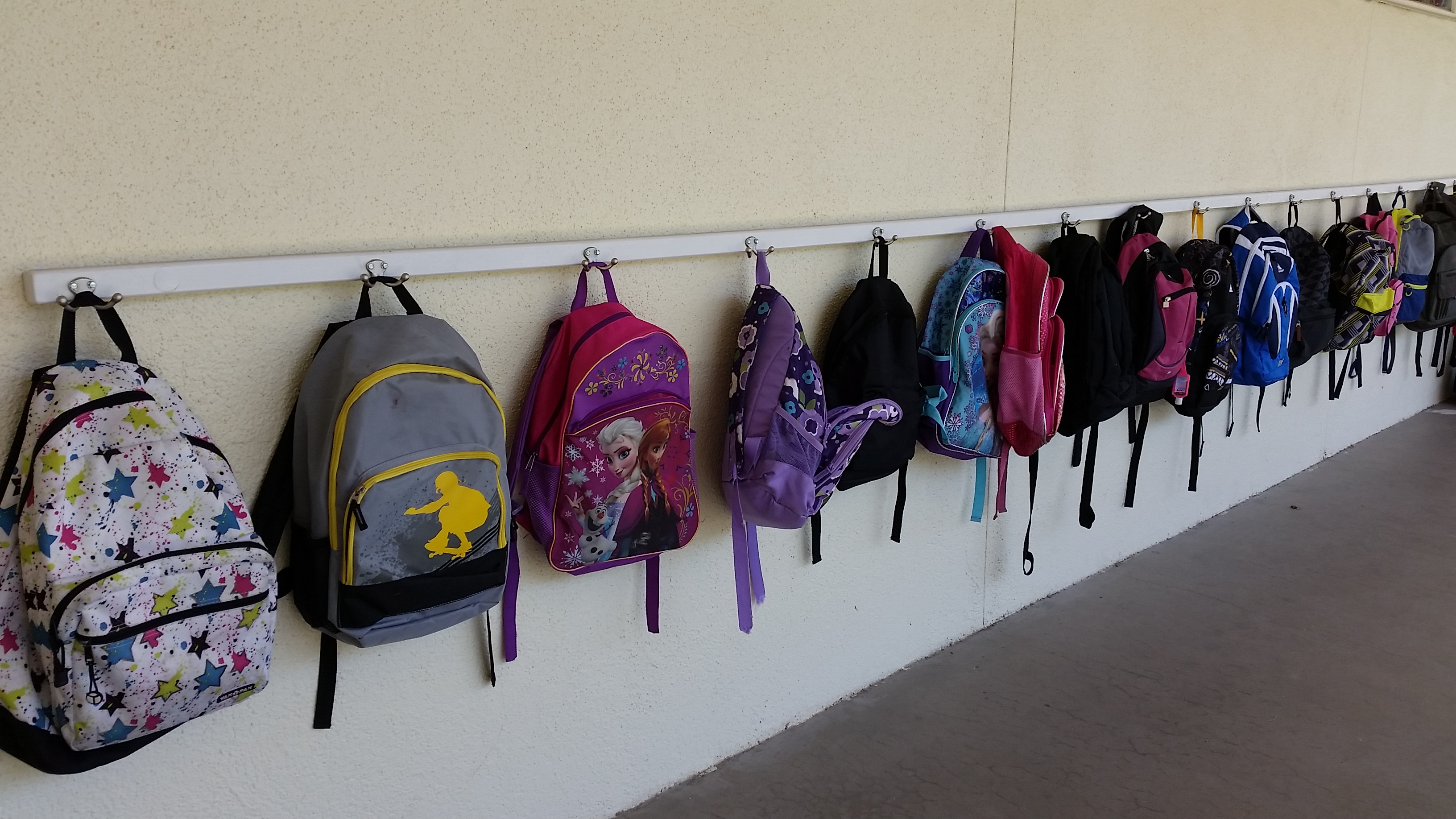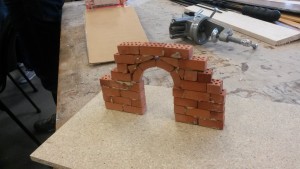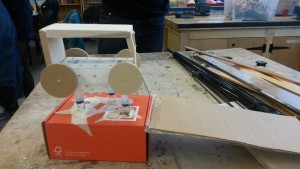A common theme has started to occur throughout our ‘Teaching Across the Curriculum’ inputs; we need to work on expanding our own knowledge.
Of course, this means that we must to continue with our academic reading; ploughing through the textbooks and journal articles, but it also means that we should be brushing up on the vast amount of other information that isn’t covered within university but is oh so important? Let’s be honest, how many of us can remember all about friction or about the bronze age without a little revision?
It is impossible for anyone (even a teacher!) to know absolutely everything. However I feel that having a strong general level of knowledge and understanding in a wide array of areas will stand me in good stead when I am working in the classroom. I’d much rather have a moment of “hold on, I think I read something about that…” than “I have no idea what they’re talking about!” It is also clear that a teacher with a greater subject knowledge, will be able to expect greater outcomes from their class (see this article from TES and this paper for more about subject knowledge.) This is due to a number of factors, but an important one to me is confidence. If I am to teach a subject or a concept; I want to feel confident that I can discuss it with my students and answer any questions that they may have.

Having identified this need, I began searching for some accessible general information to get me started, and that’s when I came across BBC iWonder.
I stumbled across this lovely resource when I was browsing the BBC news website. All of a sudden, and for no particular reason, I noticed the menu at the top of the page. This menu contains links to other areas of the BBC such as iPlayer, travel and radio but it also contains a link to a page that I had never heard of before; iWonder.
BBC iWonder is a homepage filled with all sorts of information, including:
- History
- Science
- Arts
- Nature and natural sciences
- Religion and ethics
- and politics
The page is set out with various ‘cards’ which correspond to items in the news, recent television programs or just general knowledge. It is easy to browse and pick out any topics which take your fancy. There is also the possibility of looking at wider topics individually, such as only seeing Science related articles.
The reason that I like iWonder is that it provides accessible, visual and interesting information that can act as a starting point for further reading and research. I would urge others who, (like me,) feel a little overwhelmed when diving straight into a lot of reading, to take a look.
(I promise that I am not being paid by the BBC!)
Sources and further reading
BBC iWonder Homepage Launched. Sizemore, C. 2014.
Subject Knowledge is prime factor in good teaching, experts say. Morrison, N. 2014























 is taking place and the effectiveness for their pupils, while being realistic and flexible enough to make alterations if appropriate. I didn’t realise it until now, but I have used this form of reflection while working within nurseries. Occasionally I would come to the children with a carefully planned activity which had taken me a long time and I was very pleased with. I had clear learning goals and I was adamant that it would work well, however when putting it into practice I found that the children were not engaged. At this point I needed to quickly deduce the reasons that the activity was not working, and make changes.
is taking place and the effectiveness for their pupils, while being realistic and flexible enough to make alterations if appropriate. I didn’t realise it until now, but I have used this form of reflection while working within nurseries. Occasionally I would come to the children with a carefully planned activity which had taken me a long time and I was very pleased with. I had clear learning goals and I was adamant that it would work well, however when putting it into practice I found that the children were not engaged. At this point I needed to quickly deduce the reasons that the activity was not working, and make changes.
















